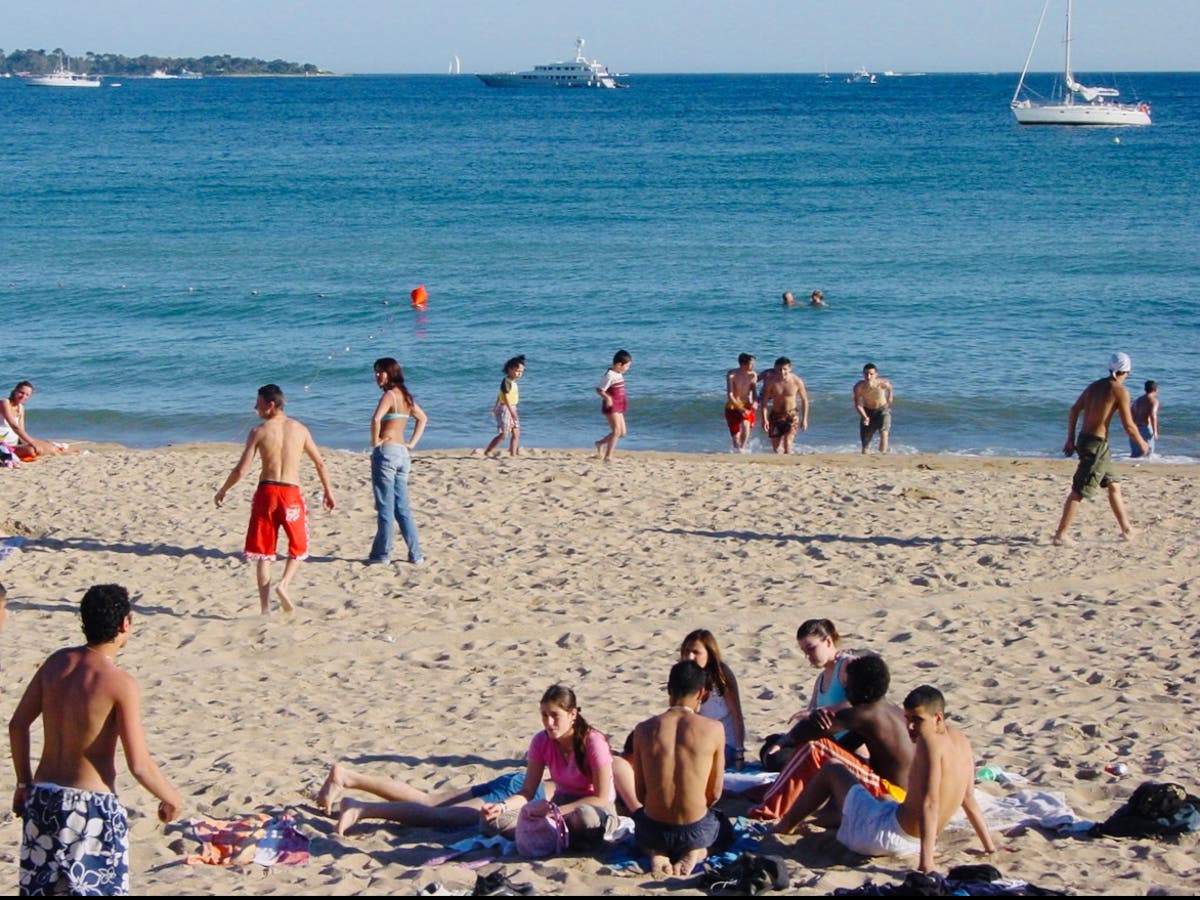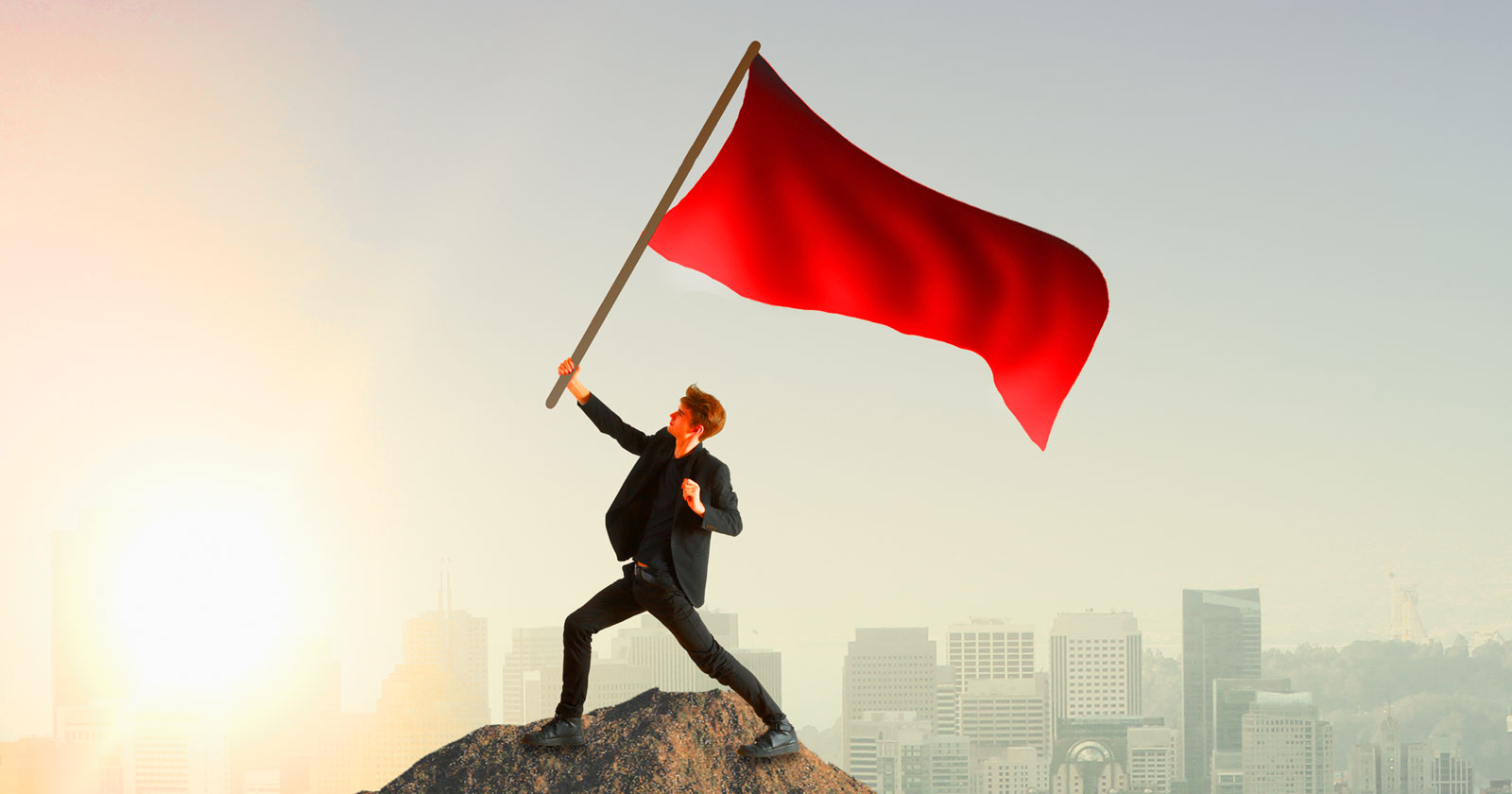10 Bear Facts You Need for Fat Bear Week
Fat Bear Week is upon us. In just a few short days, on October 11 (Fat Bear Tuesday), one of Katmai National Park’s over 2,000 Alaskan brown bears will be crowned the fattest of them all based on internet...


Photo: Islandwave (Shutterstock)
Fat Bear Week is upon us. In just a few short days, on October 11 (Fat Bear Tuesday), one of Katmai National Park’s over 2,000 Alaskan brown bears will be crowned the fattest of them all based on internet votes. So, in celebration of these ursine kings and queens, let’s enjoy some facts about bears large and small.
2 / 12
Fat bears are healthy bears
Fat bears are healthy bears

Photo: Perpis (Shutterstock)
The bears need to get fat to have their best chance of surviving the winter. (Did you think these bears are just getting fat for our entertainment?) Their fatness is important to the wildlife biologists that monitor their health—the brown bears of Alaska need to eat a year’s worth of food in six months before they go into hibernation for the winter. The fatter the bear, the more energy they have to survive.
Hibernation is not sleep

Photo: Volodymyr Burdiak (Shutterstock)
Bears in Alaska hibernate for seven months in the coldest areas, and two to five months in warmer areas. (Other bears, including black bears, also hibernate for lengths of time that depend on the weather where they are.) But the bears aren’t asleep the whole time. They slow down their metabolisms, and they don’t eat, drink, or poop. But they can wake up and move around during that time, and can even leave the den if they need.
Baby bears are tiny

Photo: STR/AFP (Getty Images)
For bears that hibernate, it’s a perfect time to give birth and take care of young. (Remember, the bears are not asleep, they’re just chilling.) Baby grizzly bears weigh about one pound at birth, or about the size of a small squirrel—even though their mother may be 400 pounds. Baby pandas, like the one above, weigh 3-5 ounces.
5 / 12
There are eight kinds of bears
There are eight kinds of bears

Photo: Ross Gordon Henry (Shutterstock)
While we often think of grizzly and black bears (the bears at Katmai are Alaskan brown bears, close relatives of the grizzly), there are more bears than we typically imagine. Black bears are common throughout northern North America, including the northeast and Appalachian areas. And then, of course, there are the polar bears. But there’s more! Besides those three North American bears, there are sun bears, moon bears, spectacled bears, sloth bears, and, of course, giant pandas.
6 / 12
Polar bears have black skin
Polar bears have black skin

Photo: Vaclav Sebek (Shutterstock)
Polar bears may look white, but their fur and skin are different from what you usually see on a white cat or dog. Their skin is black—the better to soak up warmth from the sun. And their fur is not truly white, but transparent. Each hair has a hollow core. Scientists think the structure of their hair may help to direct some sunlight to their skin, while still reflecting some light outward to make them appear white for camouflage.
7 / 12
Bears do not care whether you are on your period
Bears do not care whether you are on your period

Photo: Islandwave (Shutterstock)
One persistent myth among hikers and campers is that bears are so attracted to the smell of blood that they will sniff out anyone who is menstruating (and, presumably, attack them). There’s no truth to this. The rumor probably started with warnings from the National Park Service after two women were killed by bears in the 1960s: one was menstruating, and one had tampons in her purse. Further research failed to find any connection between menstruation and bear attacks, although it turns out polar bears will eat used tampons. (Thanks, scientists.)
The park service now just recommends that you keep used menstrual products out of the reach of bears, locking them up the way you would your food, because bears may consider them to be tasty snacks.
8 / 12
Snarling bears in the movies are hired actors
Snarling bears in the movies are hired actors

Photo: Scott E Read (Shutterstock)
Have you ever seen a bear on screen stand up and open its mouth to roar? While bears can make a sort of moaning sound that you might describe as a roar, those shots are often trained bears silently opening their mouths to receive a treat. Bear trainer Ruth LaBarge shows off this behavior here; her bears are trained to stand up and open their mouths on command. (The roaring sound is added in post production.)
9 / 12
Black bears can be brown, and vice versa
Black bears can be brown, and vice versa

Photo: BlueBarronPhoto (Shutterstock)
“Black” and “brown” bears are just the names that are given to their respective species. Black bears (the smaller, more widespread American bear) can be brown sometimes. And brown bears (the species that includes grizzlies) can have a color anywhere from blond to black.
10 / 12
Bears can swim and climb trees
Bears can swim and climb trees

Photo: Sergey Uryadnikov (Shutterstock)
Some of the more dubious bear avoidance tips discussed around campfires include advice to climb trees, cross water, or run downhill—as if bears were not better at traversing the woods than us puny humans. They can definitely climb trees (although grizzlies don’t do it often), they can swim, and they can certainly run downhill if they want.
11 / 12
Bears can eat 100,000 calories per day
Bears can eat 100,000 calories per day

Photo: himanshu1 rana (Shutterstock)
Bringing us back to Fat Bear Week, just how much are those fat bears eating? A lot, it turns out. Black bears heading for hibernation can eat 20,000 calories per day, an amount that the Colorado Parks and Wildlife agency visualized by laying out a pepperoni pizza, a dozen donuts, a bucket of KFC, and assorted other fast food, hashtagged #cheatmeal.
But that’s nothing compared to our furry buddies at Katmai, who are larger and who chow down on salmon. Early in the season they eat the fish whole, up to 40 of them per day. Later, they eat the fattiest parts, including skin and eggs, and leave the rest for wolves and other animals. A full day of eating for one of these bears can weigh in at a hefty 100,000 calories per day.

 Hollif
Hollif 
































